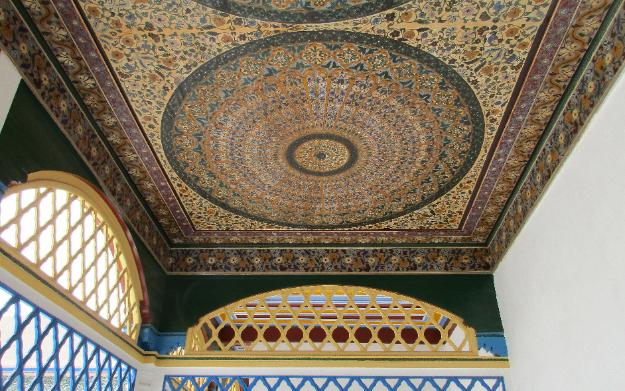
Where We Be
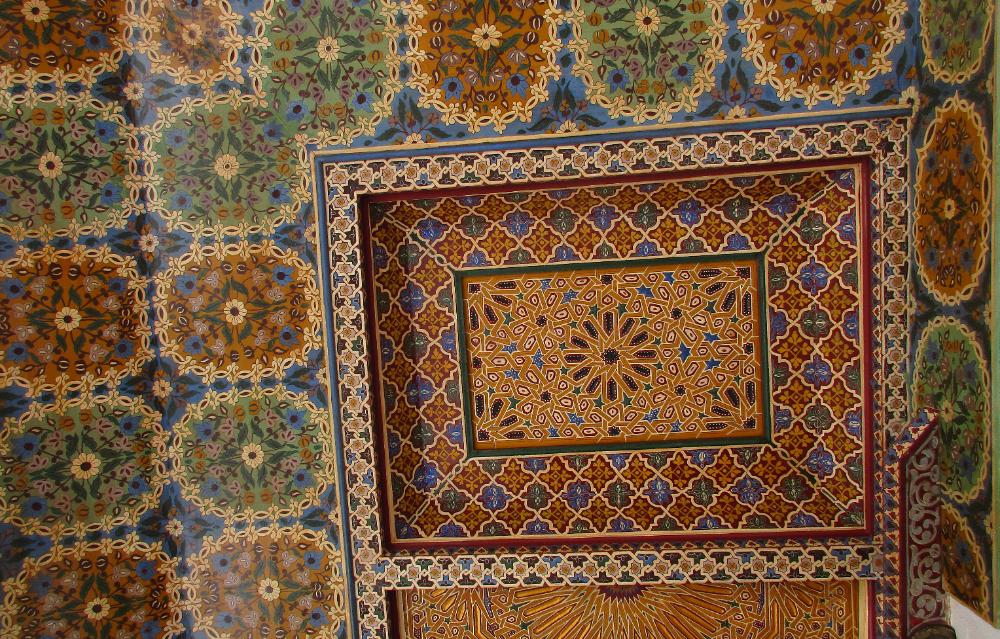
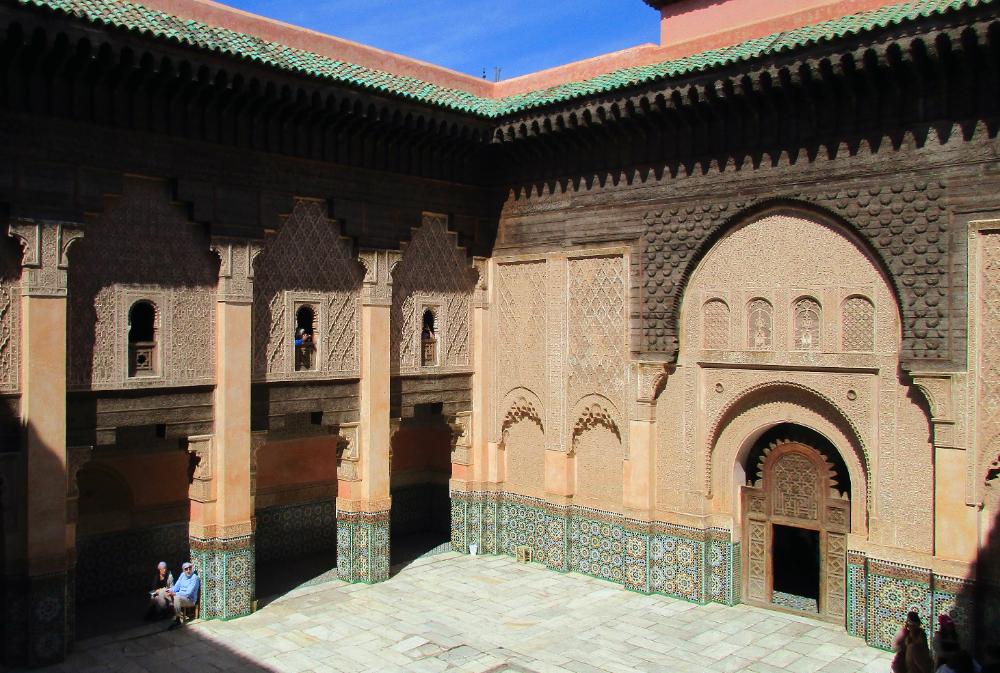
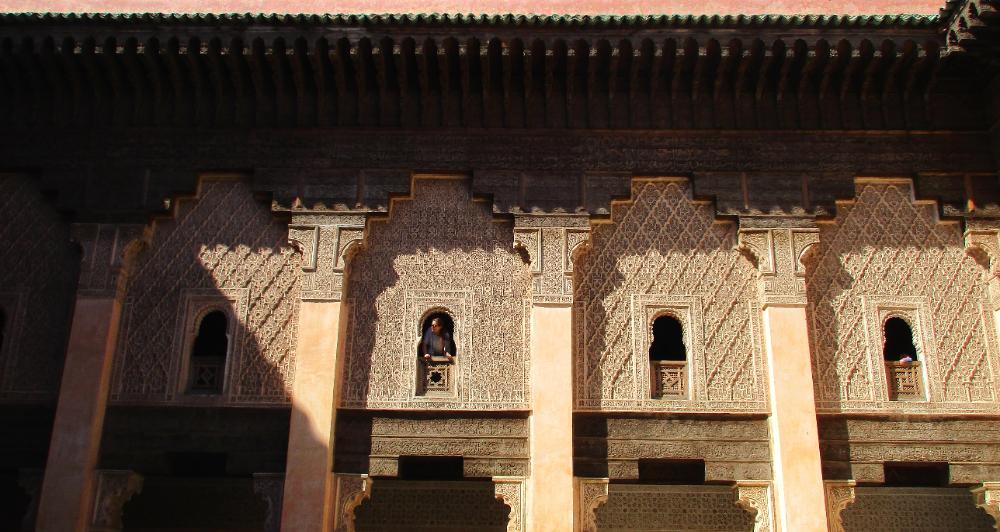
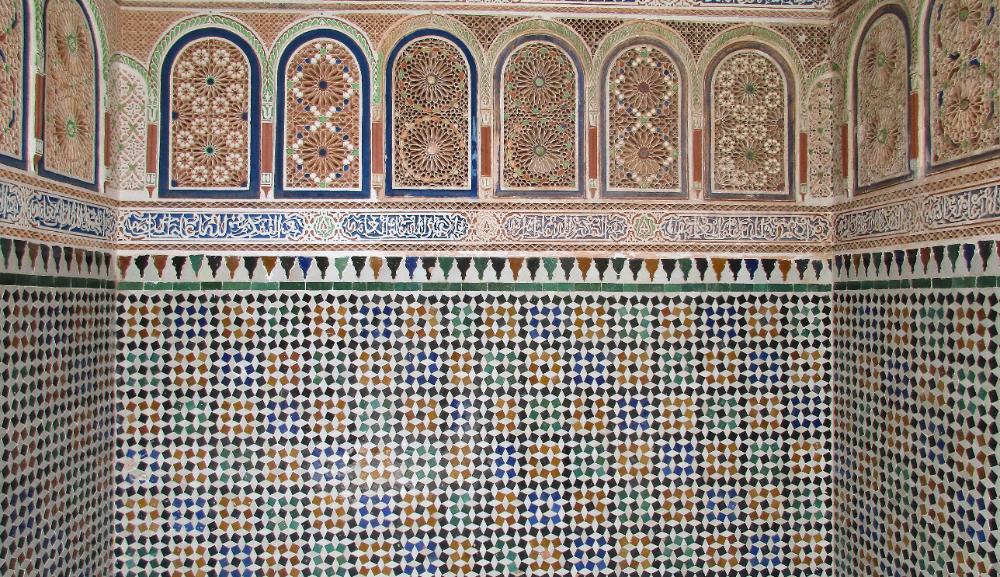
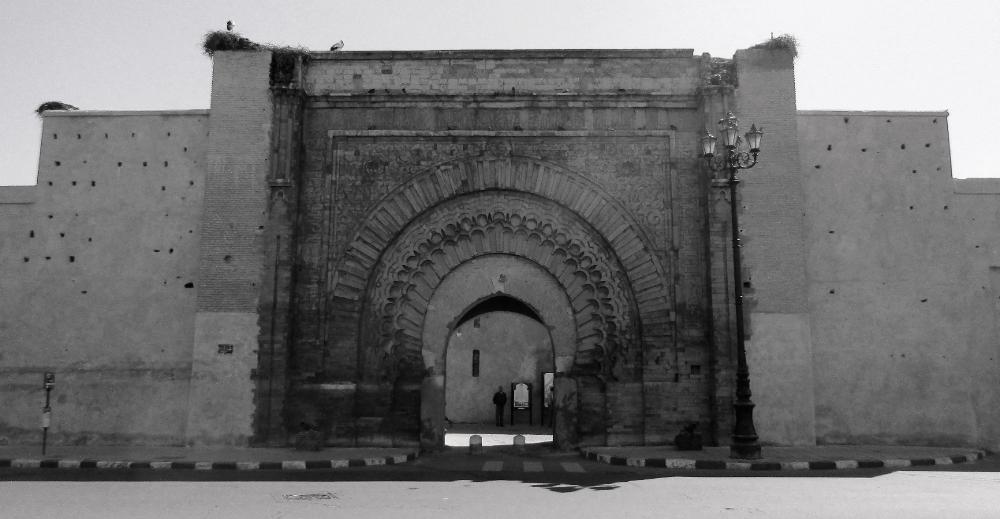
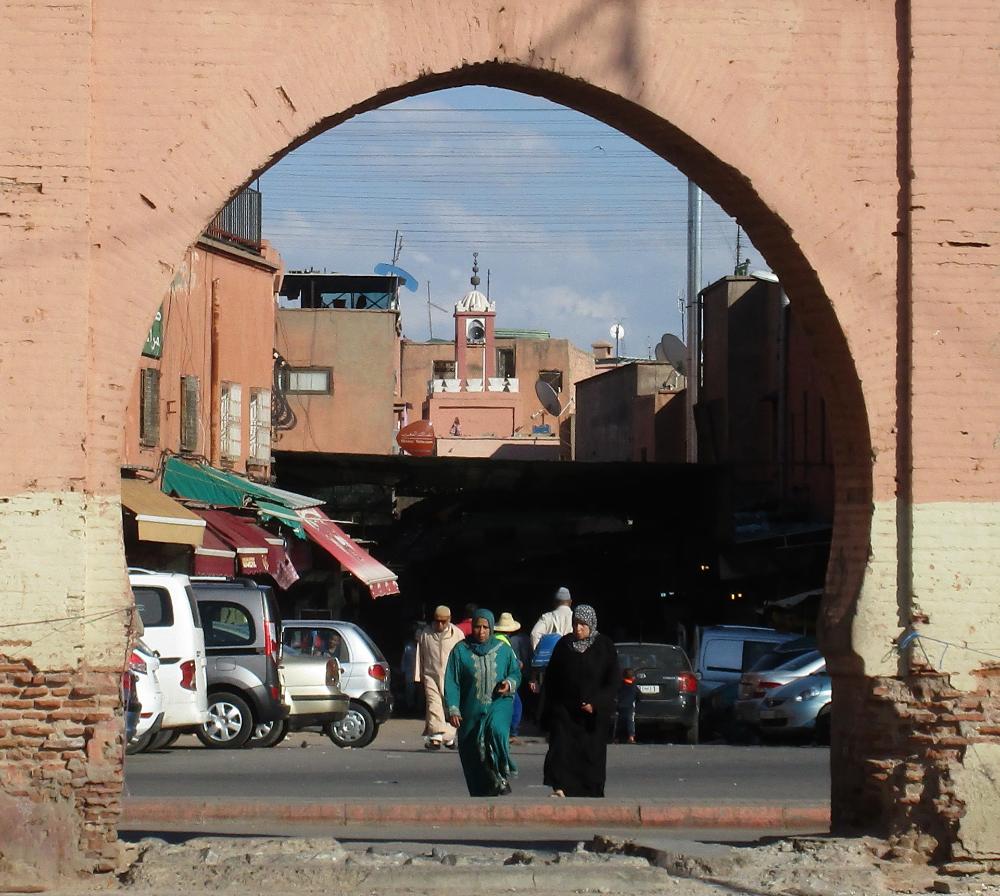
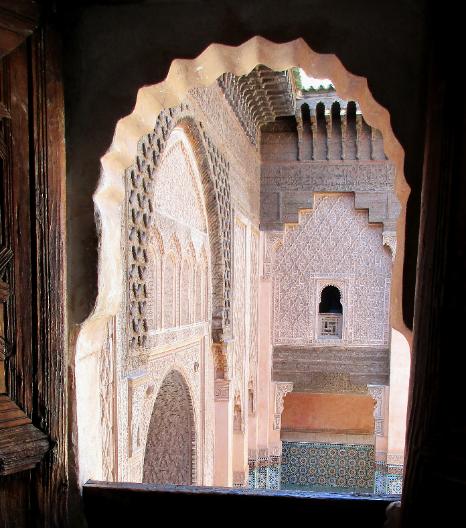
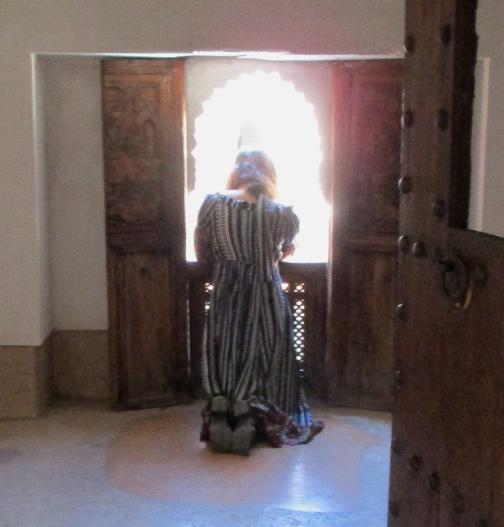
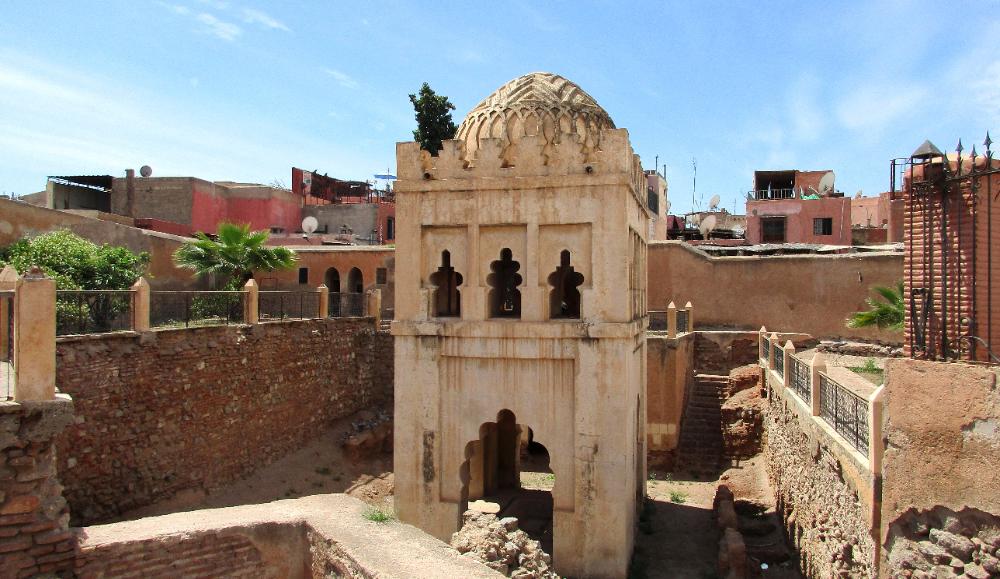
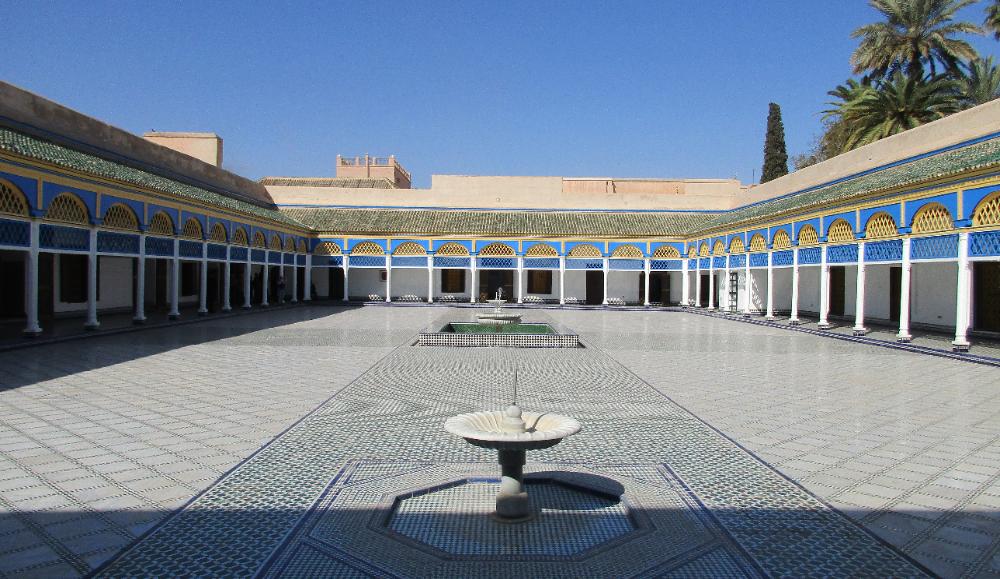
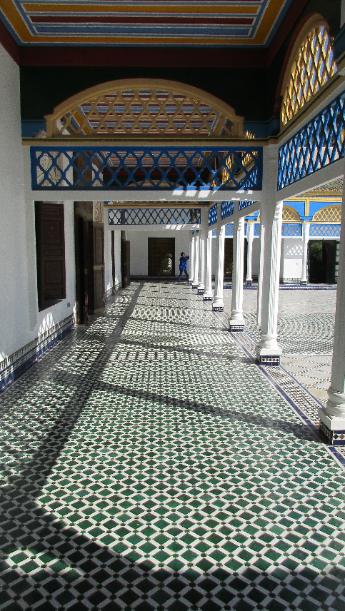
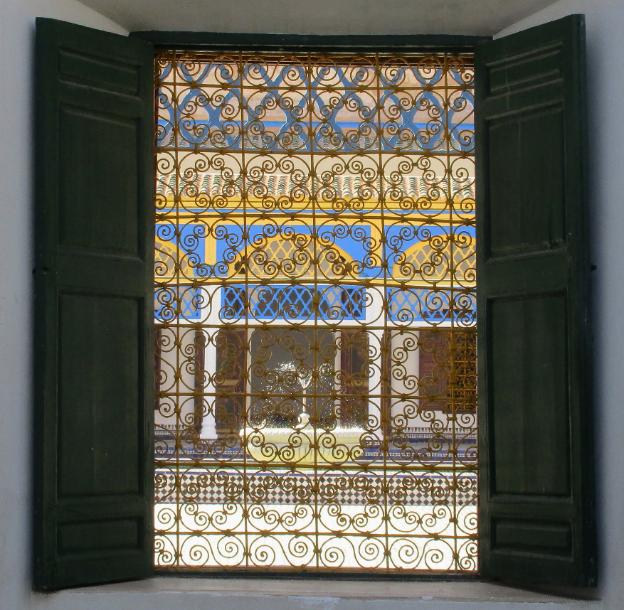
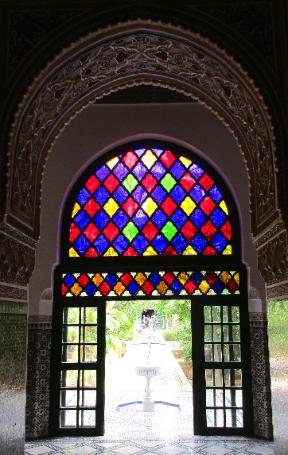
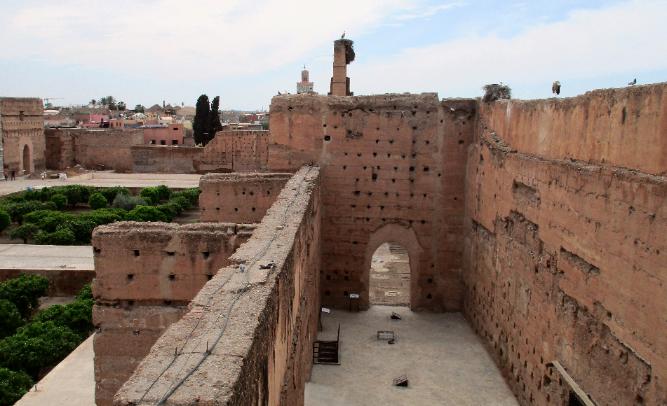
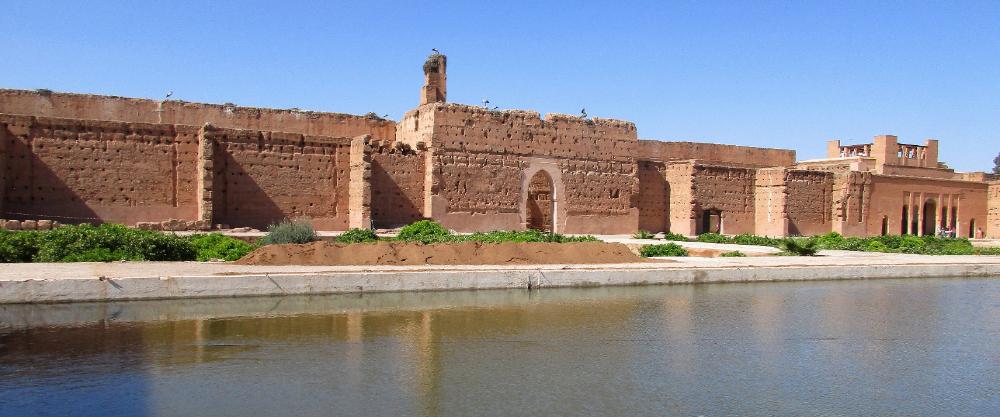
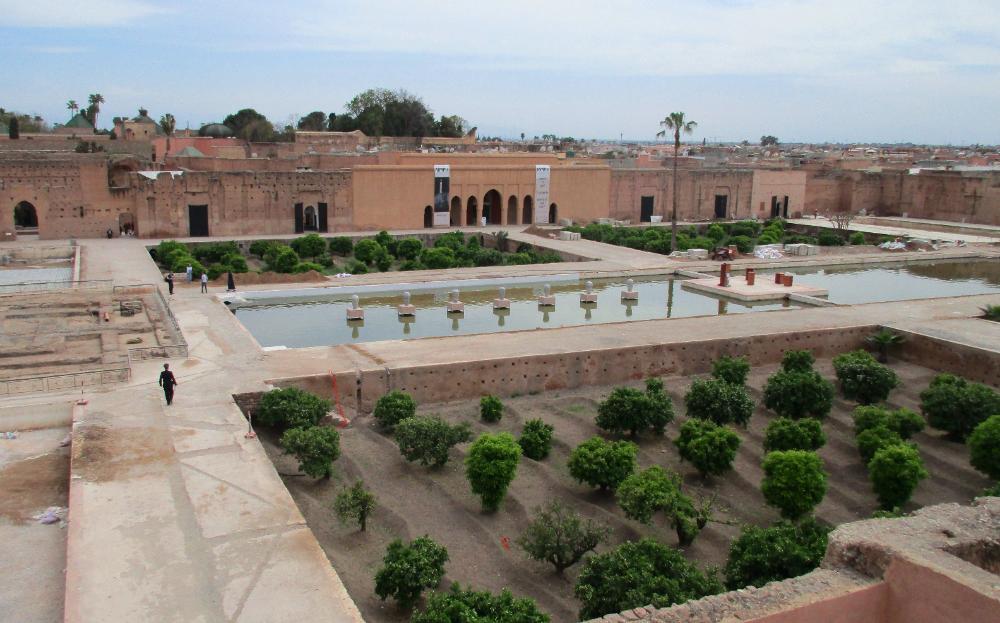
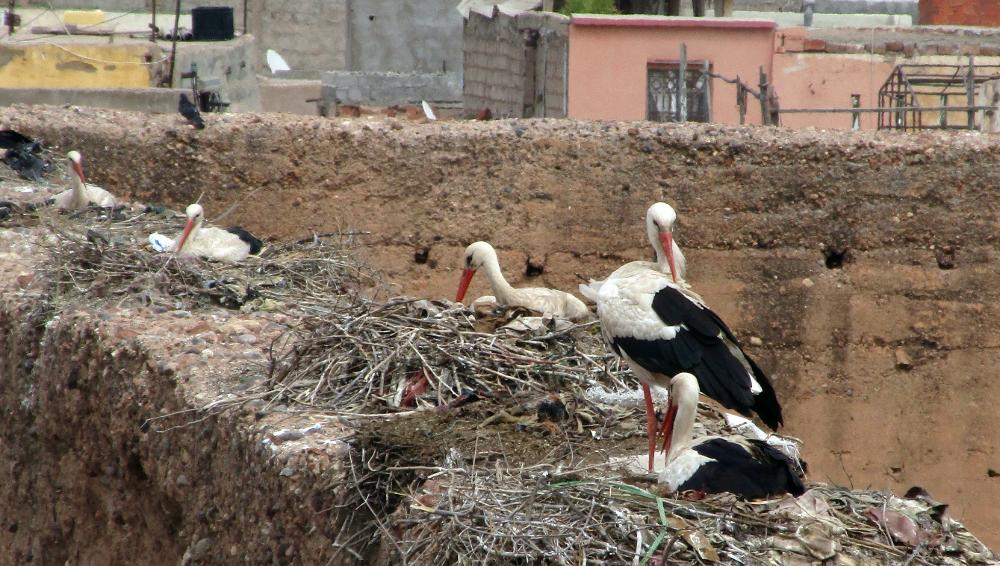
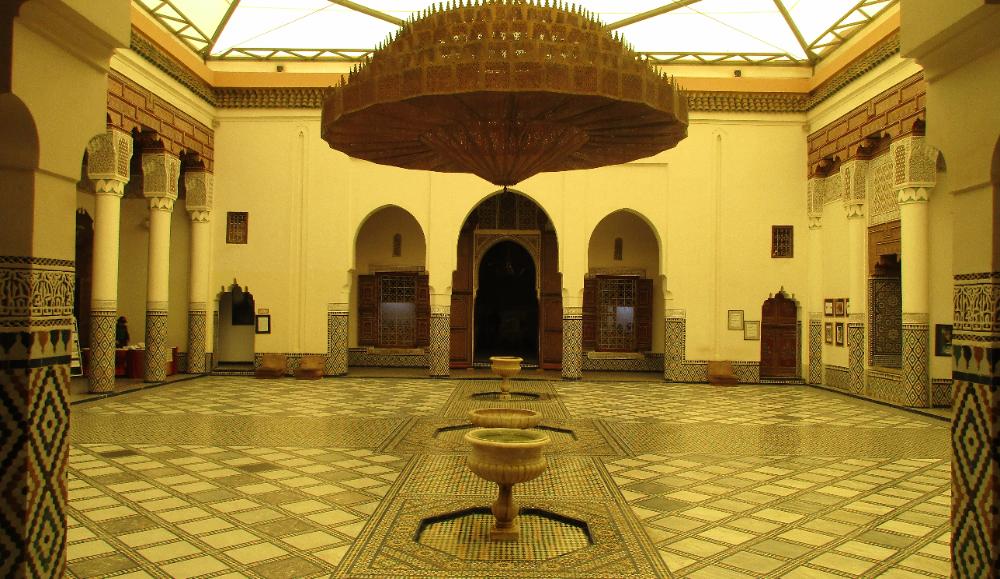
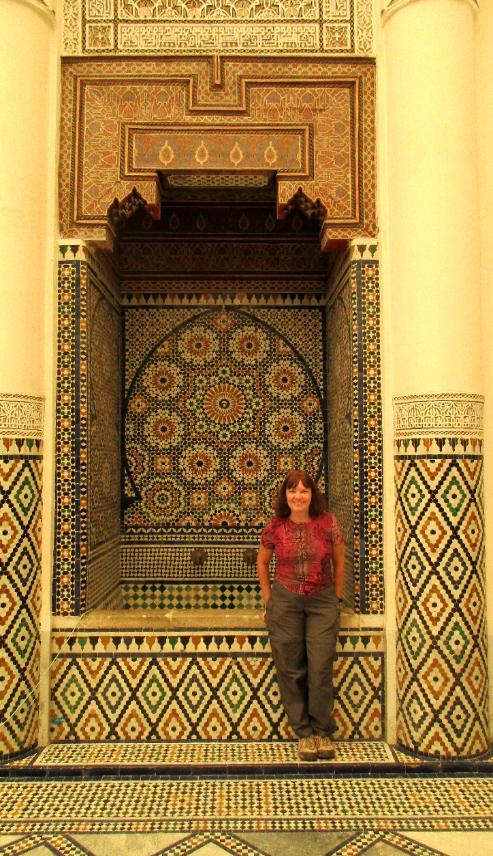
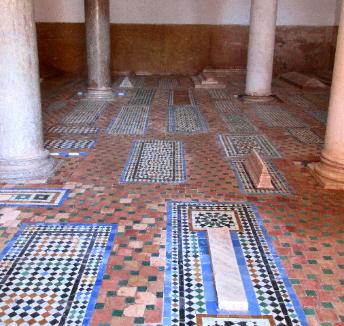
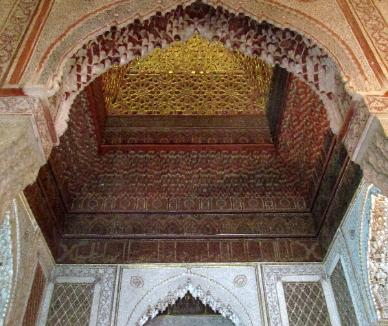
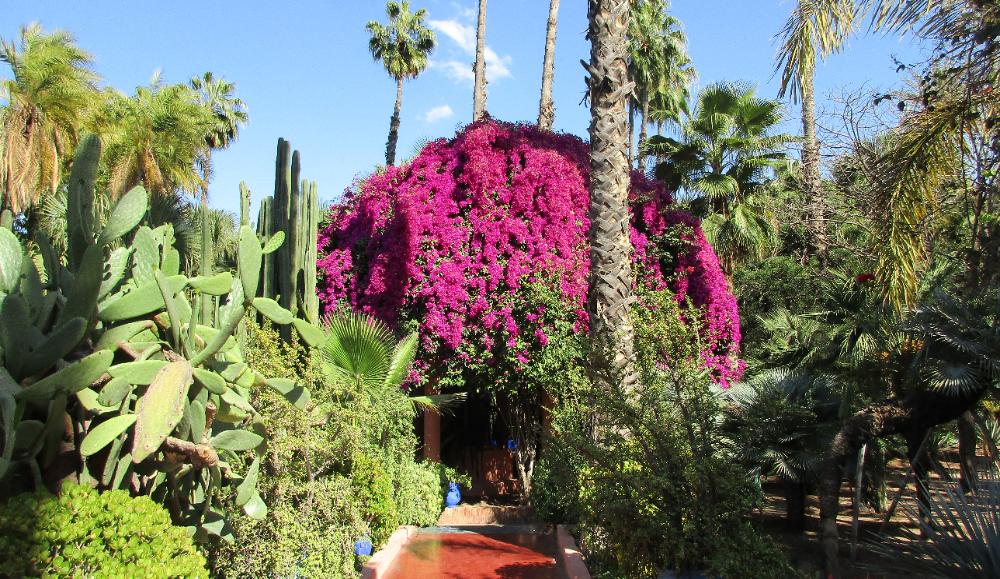
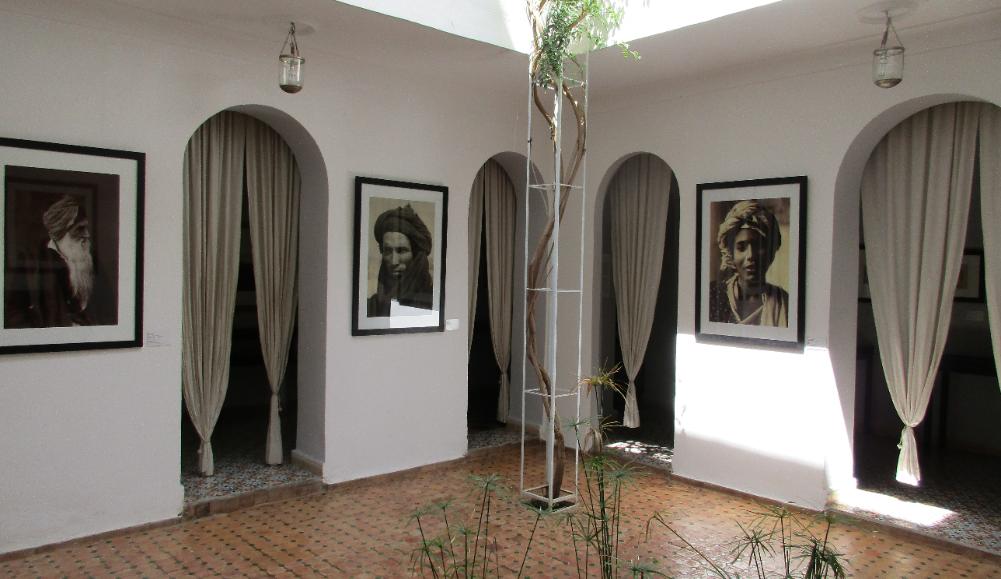
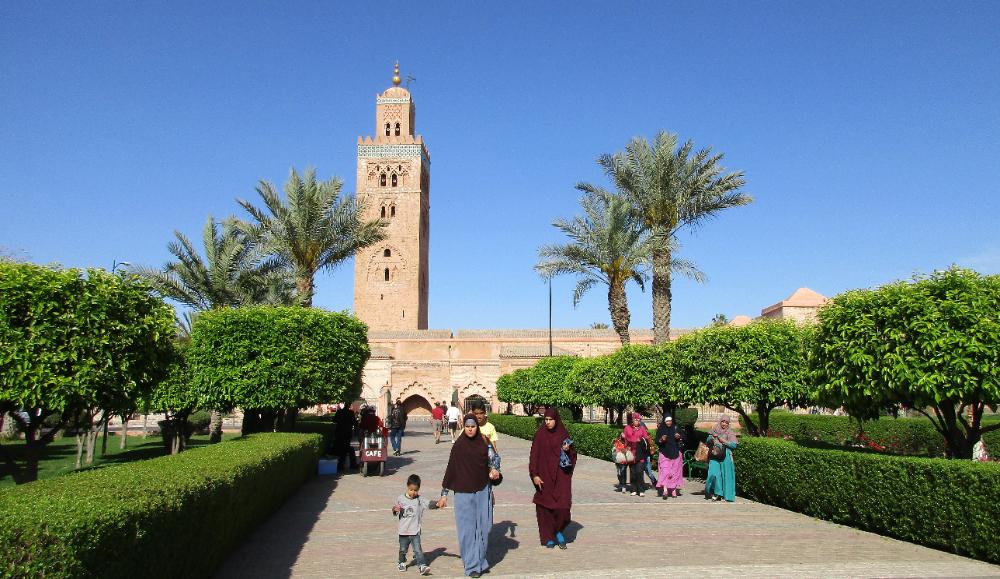
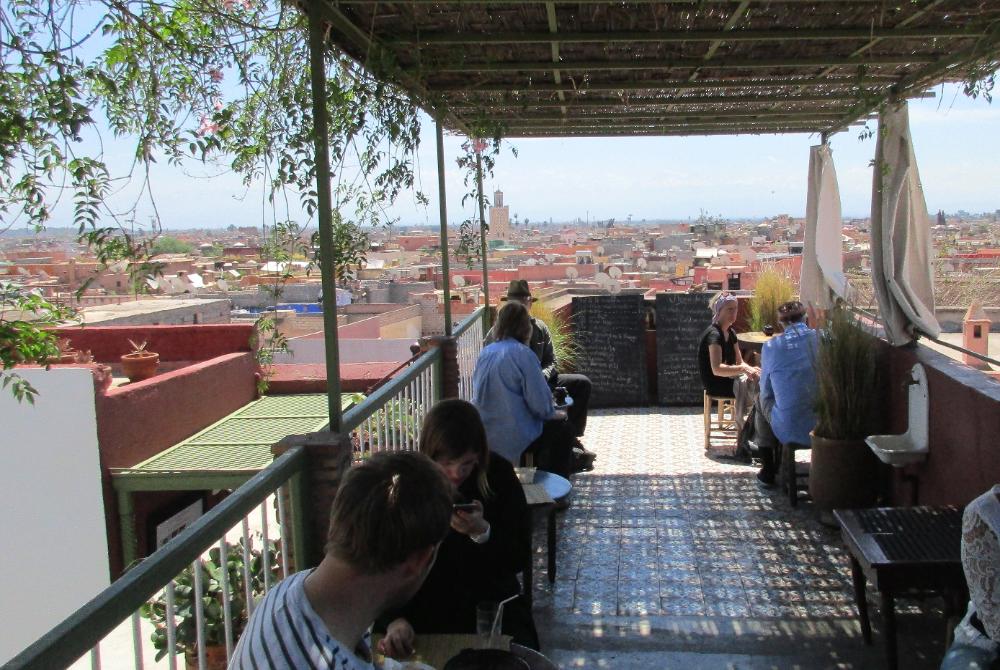
| Bahia Palace with its exquisite ceilings and ornate mosaics tops our list of places to see in Marrakech |
| Marrakech, Morocco -- Key Sights |
| Marrakech is nicknamed the red city because of its distinctive reddish walls, which stand nearly 20 feet (6 m) tall. The walls have 20 gates and 200 towers along them. |
| We enjoyed seeing the main courtyard both at ground level and from the second floor terraces |
| Just outside the museum is Koubba Almoravid, a 12th century ruin which is the only remaining example of the architecture of this period |
| Lots of pretty architectural features to enjoy here -- and quite the place for students to learn in! |
| Next morning we visited Ben Youssef Medersa, a ten minute walk north of Jemaa el Fna. This theological college functioned throughout the 14th century and into the 1960s. |
| Today the medersa's halls and courtyards, decorated in lovely geometric patterns, are open to visitors (including non-Muslims) |
| This is a gorgeous place, with some 160 rooms, including this graceful central courtyard. Be sure to go first thing in the morning or late in the afternoon to avoid the crowds. |
| You'll like Bahia Palace if you like taking photos, what with its mosaic floors, filigree windows, fountains, and intricate geometric designs |
| Bahia Palace is somewhat reminiscent of the Alhambra in Granada with its gardens and ornate stucco and mosaics |
| The geometric designs are especially lovely. If you travel from Morocco to Andalucia in Spain, you can't help but notice the similarities in the Moorish architecture. |
| Don't forget to look up! The ornate ceilings are simply stunning. |
| European storks have taken up residence here, building huge nests atop its towers and walls. The walls are pockmarked with holes, making it the perfect home for swallows and pigeons too. |
| Nearby Bahia Palace is Badi Palace, the ruins of which date back to the 16th century when it was constructed as a seat of power and luxury |
| Here we're looking back across the rectangular courtyard pool to the entry gate. To the right is a terrace offering good courtyard views (see previous picture). |
| Badi Palace fell into disuse and was stripped of most of its adornments, but its huge central courtyard still evokes a sense of its former grandeur |
| One surprise was this enormous boulder wedged between two courtyard walls – but it turned out to be an art installation! |
| Next to Koubba Almoravid is the Museum of Marrakech. Go for the architecture more than the exhibits. Inside is the most beautiful riad (traditional Moroccan house), in particular the main courtyard. |
| We almost skipped this but were glad we didn't. It was a pleasant surprise and worth the $5 US. |
| This is the largest mosque in Marrakech with its minaret standing over 250 feet tall. It can be seen from almost anywhere in Marrakech, but it's worth a closer look to enjoy its arching windows and surrounding gardens. While standing there looking up at it, the call to prayer began, adding to the exotic atmosphere. |
| Nearby are the Saadian Tombs, an ornate tribute to some fifty members of the Saadi dynasty. Built in the 16th century, they were rediscovered in the early 1900s. The tomb of the sultan's grandson, Ahmad al-Mansur, is the most elaborate with its gold leaf ceiling. |
| This is the #1 attraction in Marrakech per Trip Advisor and it’s easy to see why. A lot of thought and care has gone into this garden oasis – the product of over forty years of loving design by artist Jacques Majorelle. |
| Finish off your second day at the Photography Museum ($4 US), set in a riad that has a small but impressive collection of historic photographs |
| On a clear day the terrace offers unrestricted views over the city to the snow-covered Atlas Mountains. (I've manipulated the contrast pretty severely here to make the mountains more visible on a hazy day.) |
| The museum also boasts one of the best rooftop terraces in town. We enjoyed a delicious lunch here during the heat of the day. |
| Koutoubia Mosque |
| Maison de la Photographie |
| Jardin Majorelle |
| Saadian Tombs |
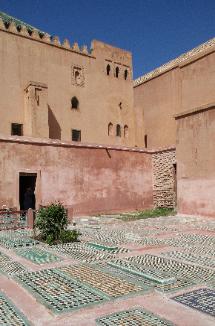
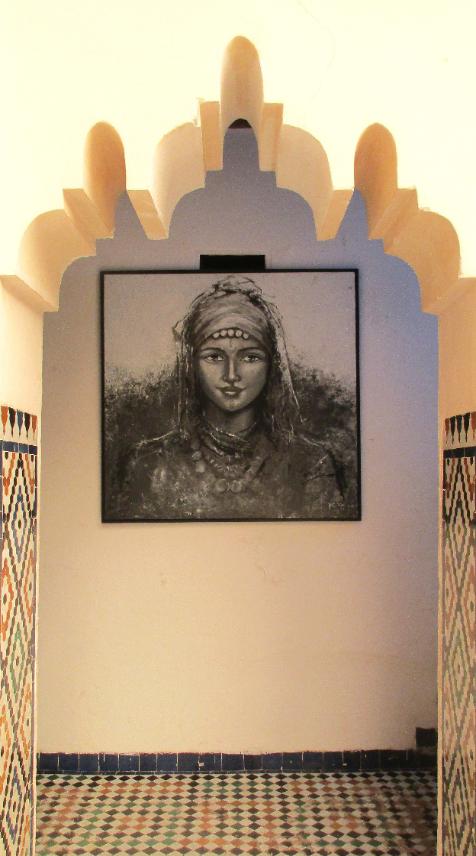
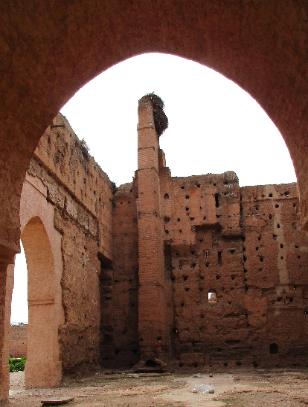
| Museum of Marrakech |
| Badi Palace |
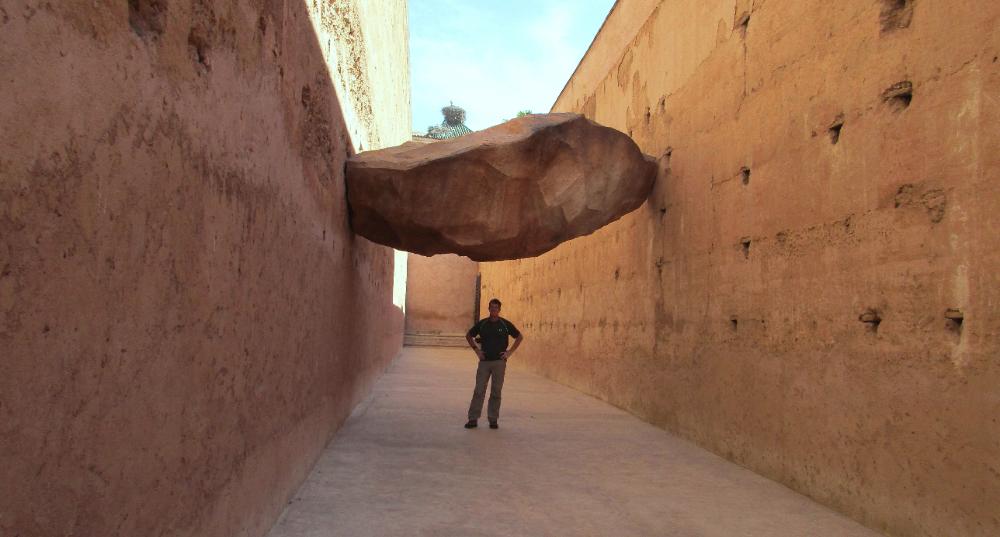
| Bahia Palace |
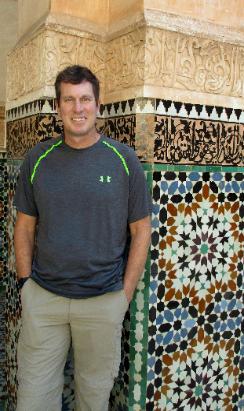
| Ben Youssef Medersa |
The main square, Jemaa el Fna, is the best
place to orient yourself. From here it's relatively
easy to explore the medina on your own if you
have a decent map (check with your riad) and
stick to the main streets. Walking is the best
and essentially only way to get around since the
entire medina is car-free. In three days you can
comfortably take in the main sights without
running yourself ragged. (With less time you
could tack the last half day onto Days 1 or 2.)
Day 1. We suggest three sights grouped close
together ten minutes south of the main square:
Bahia Palace, Badi Palace, and Saadian Tombs.
Day 2. Three more sights are grouped together
ten minutes north of the main square: Ben
Youssef Medersa, the Museum of Marrakech,
and the Photography Museum (with city views).
Day 3. A half day is enough to explore three
sights outside the medina: the city walls and
gates, Jardin Majorelle, and Koutoubia Mosque.
place to orient yourself. From here it's relatively
easy to explore the medina on your own if you
have a decent map (check with your riad) and
stick to the main streets. Walking is the best
and essentially only way to get around since the
entire medina is car-free. In three days you can
comfortably take in the main sights without
running yourself ragged. (With less time you
could tack the last half day onto Days 1 or 2.)
Day 1. We suggest three sights grouped close
together ten minutes south of the main square:
Bahia Palace, Badi Palace, and Saadian Tombs.
Day 2. Three more sights are grouped together
ten minutes north of the main square: Ben
Youssef Medersa, the Museum of Marrakech,
and the Photography Museum (with city views).
Day 3. A half day is enough to explore three
sights outside the medina: the city walls and
gates, Jardin Majorelle, and Koutoubia Mosque.
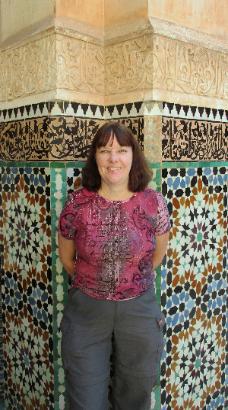
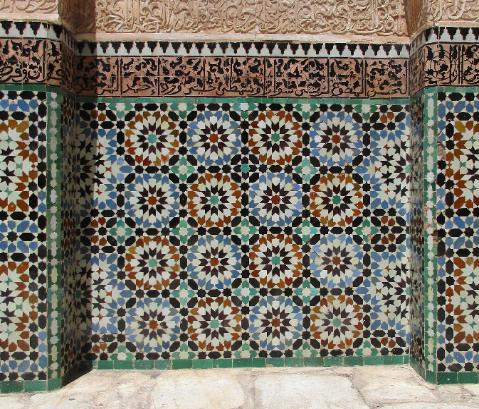
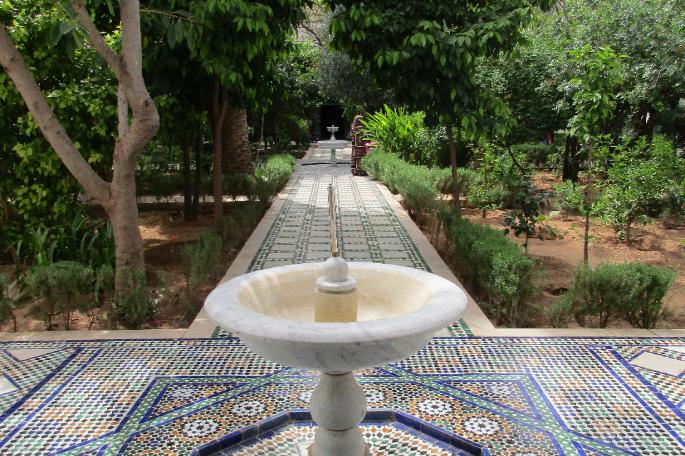
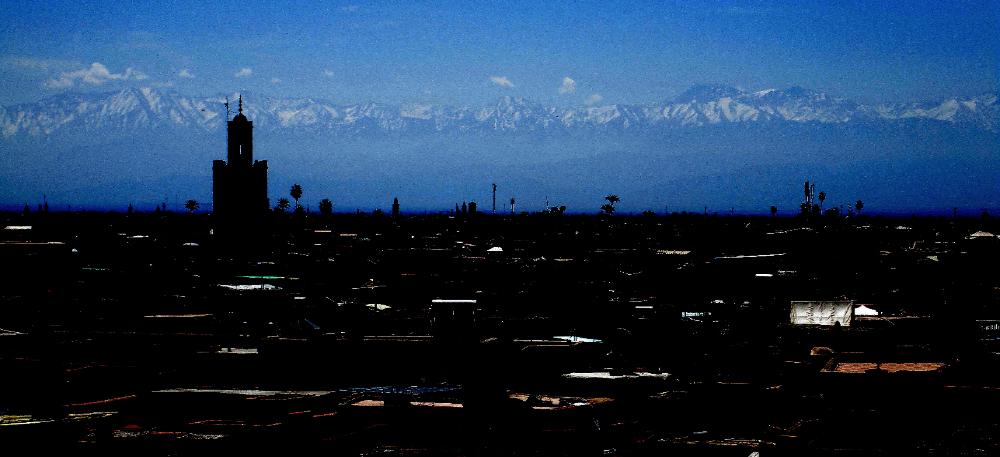
| City Walls and Gates |
| This is Bab Agnaou, the most elaborate of the 19 gates in the 12th century defensive walls surrounding the medina. We were surprised at how big this city must have been even in ancient times to have a wall stretching 12 miles around! |
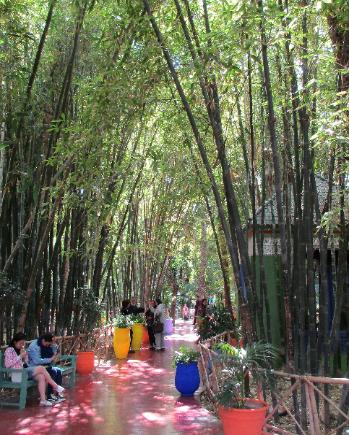
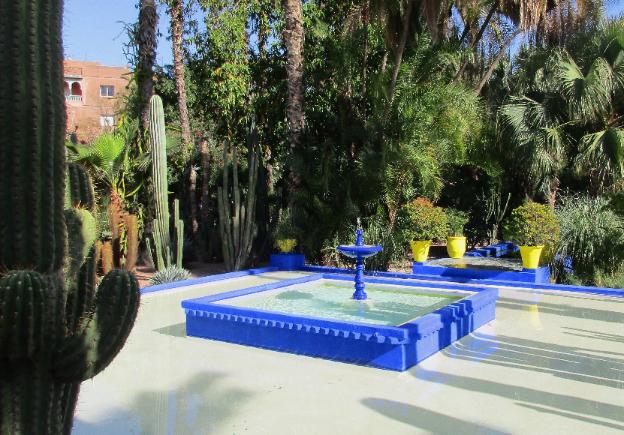
| The garden is located half an hour's walk outside the medina walls. The cost is steep by Moroccan standards at 700 dirhams ($7 US), plus 300 dirhams for the worthwhile Berber Museum onsite, but it’s lovely enough to warrant it. |
